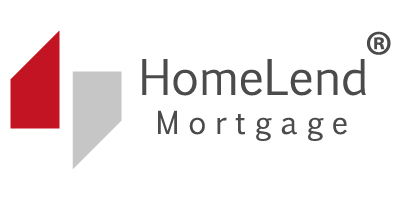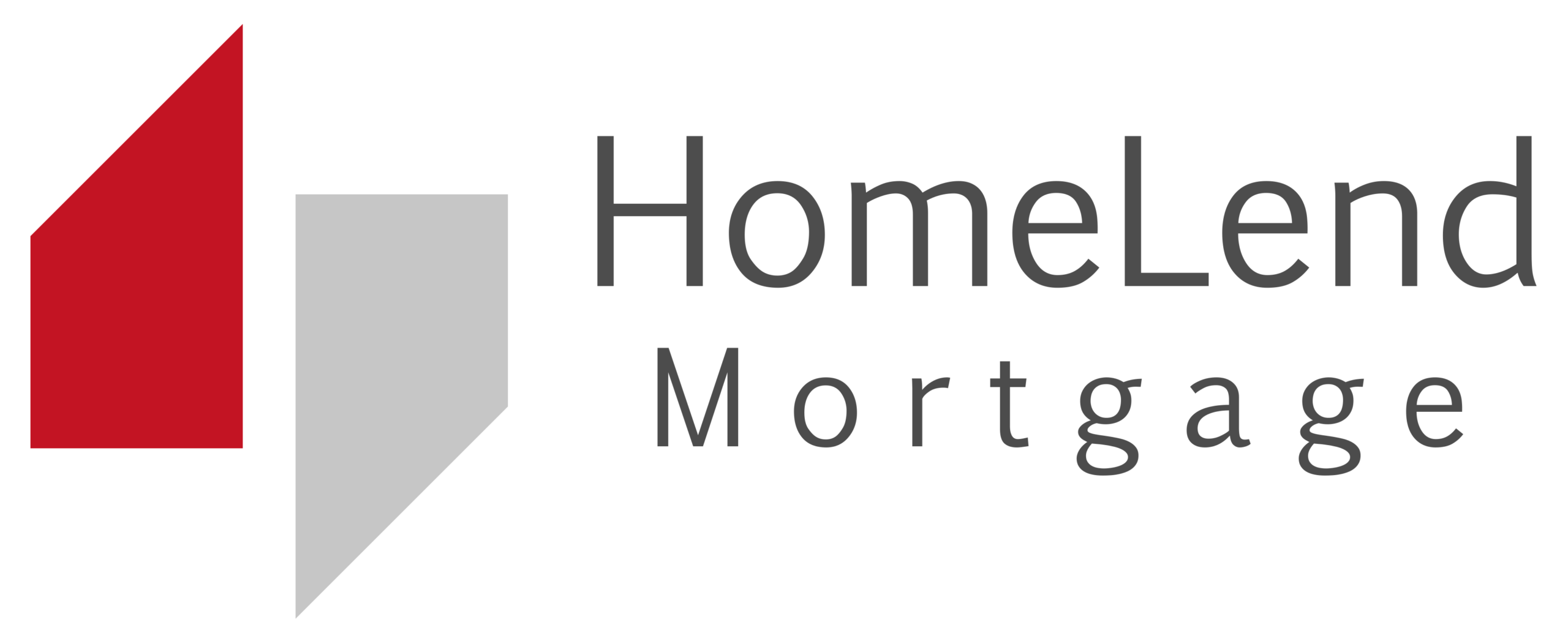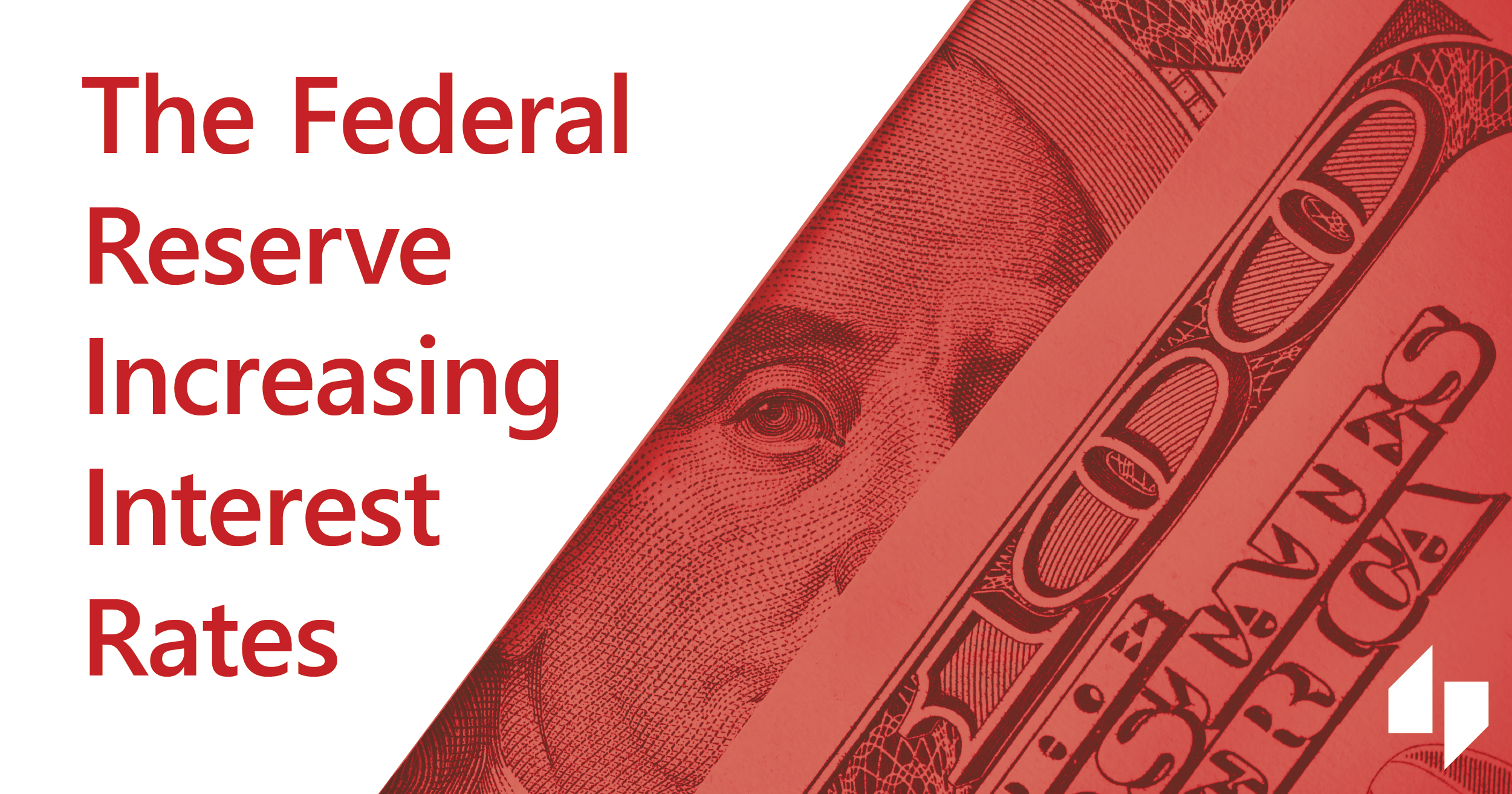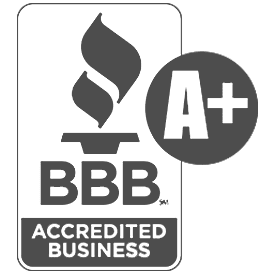The Fed, Inflation, and Increasing Interest Rates
The Federal Reserve (the Fed) announced plans to start incrementally increasing the FED fund rate throughout 2022.
What Does That Mean for Borrowers?
If the Fed fund rate goes up, then mortgage rates go up. The same home you could afford at current rates will have a higher monthly payment as rates increase. Similarly, the same monthly payments will get you less and less of a home as the rates go up.
Let’s look at an example:
|
RATES |
3.5% |
4.0% |
4.5% |
|
Purchase Price* |
$450K |
$450K |
$450K |
|
Loan Amount |
$360K |
$360K |
$360K |
|
Monthly Payment (P&I) |
$1,617 |
$1,719 |
$1,824 |
If you’re on the fence about a home purchase or refinance, now is the time to act.
With Us, There is Still Time to Lock in a Great Rate
HomeLend Mortgage is closing loans in an average of 30 days or less—three weeks faster than the national average.** Other lenders may have already lost out on any opportunity to lock in and close your loan before rates increase, but not us.
Let us provide you with a free, no commitment rate quote in just a matter of minutes by visiting our Get a Quote page. Or, if you’re ready to get started, you can begin an application by clicking Apply Now.
*The following loan scenario is for example purposes only: If a borrower purchases a $450,000 home, provides a 20% down payment (loan amount $360,000), and obtains a 30-year fixed-rate mortgage with an interest rate of 3.5%, the repayment terms would include a monthly principal and interest payment of $1,617. Does not include applicable taxes and insurance. The actual obligation will be greater. All loans are subject to credit and property approval. Certain restrictions may apply.
**Statistics on the national average from the ICE Mortgage Technology – January 2021 Origination Insight Report.




